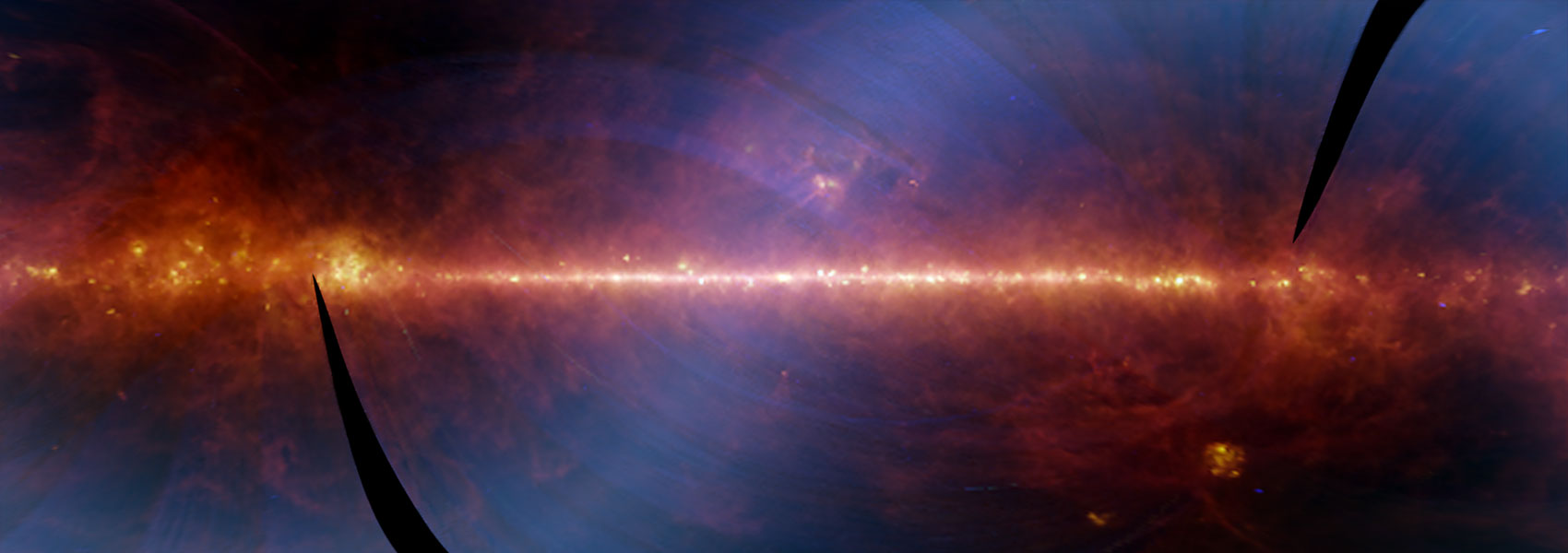Overview: The Panchromatic Hubble Ultra Deep Field: Ultraviolet Coverage (UVUDF) is a treasury Hubble Space Telescope program using the WFC3-UVIS detector with the F225W, F275W, and F336W filters. These UV images will reach point source detection limits of AB=29, a factor of ten fainter than the GALEX ultradeep surveys. The project’s PI is IPAC’s scientists Harry Teplitz who oversees the source extraction and analysis of images which are carried out at IPAC. The primary UVUDF science goals are: (1) investigate the episode of peak star formation activity in galaxies at 1 < z < 2.5; (2) study the star formation properties of moderate redshift starburst galaxies; (3) probe the evolution of massive galaxies by resolving sub-galactic units (clumps); (4) examine the escape fraction of ionizing radiation from galaxies at z~2-3; (5) measure the star formation rate efficiency of neutral hydrogen gas at z~1-3.
The Panchromatic Hubble Ultra Deep Field: Ultraviolet Coverage (UVUDF) is a treasury Hubble Space Telescope program using the WFC3-UVIS detector with the F225W, F275W, and F336W filters. These UV images will reach point source detection limits of AB=29, a factor of ten fainter than the GALEX ultradeep surveys. The project’s PI is IPAC’s scientists Harry Teplitz who oversees the source extraction and analysis of images which are carried out at IPAC.
The primary UVUDF science goals are:
-
Investigate the episode of peak star formation activity in galaxies at 1 < z < 2.5.
-
Study the star formation properties of moderate redshift starburst galaxies.
-
Probe the evolution of massive galaxies by resolving sub-galactic units (clumps).
-
Examine the escape fraction of ionizing radiation from galaxies at z~2-3.
-
Measure the star formation rate efficiency of neutral hydrogen gas at z~1-3.




